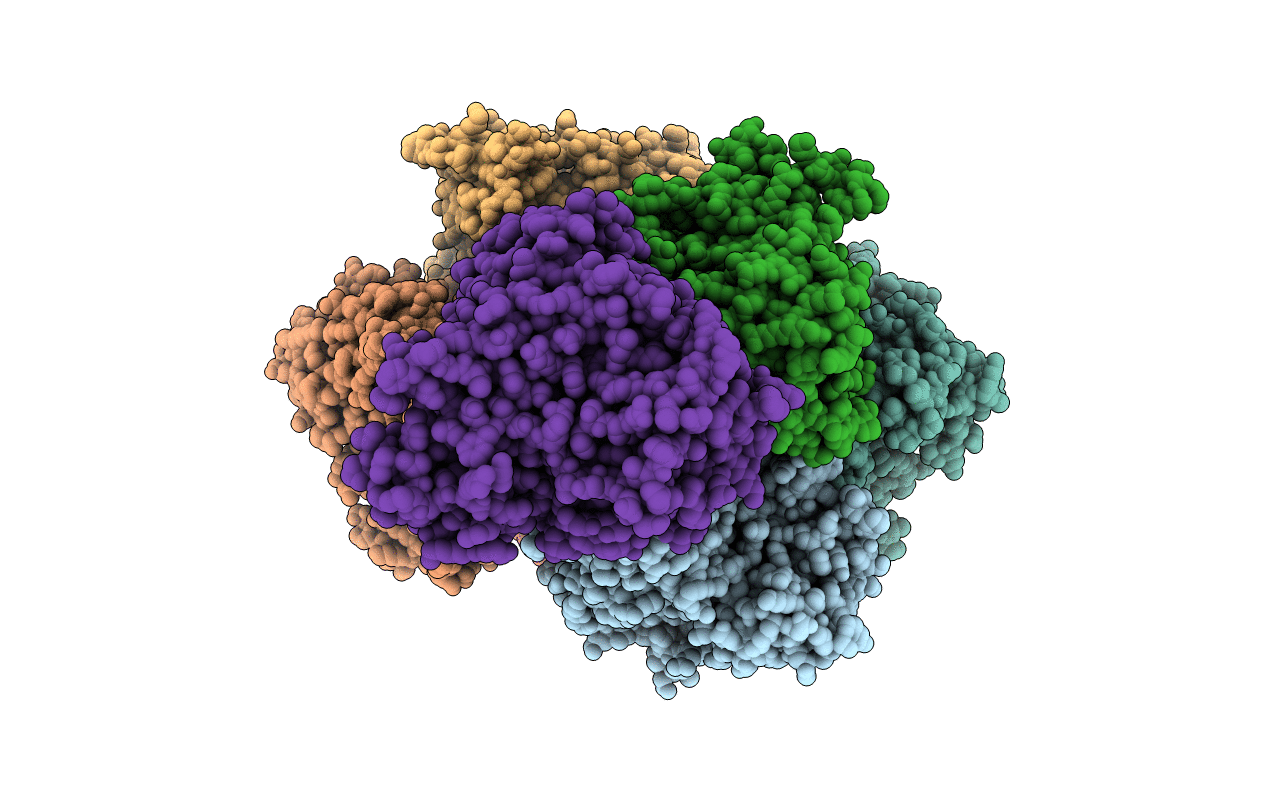
Deposition Date
2007-06-05
Release Date
2007-11-06
Last Version Date
2023-08-30
Entry Detail
PDB ID:
2Q6N
Keywords:
Title:
Structure of Cytochrome P450 2B4 with Bound 1-(4-cholorophenyl)imidazole
Biological Source:
Source Organism:
Oryctolagus cuniculus (Taxon ID: 9986)
Host Organism:
Method Details:
Experimental Method:
Resolution:
3.20 Å
R-Value Free:
0.31
R-Value Work:
0.23
Space Group:
P 21 21 21


